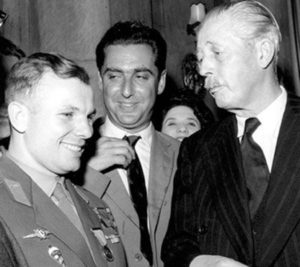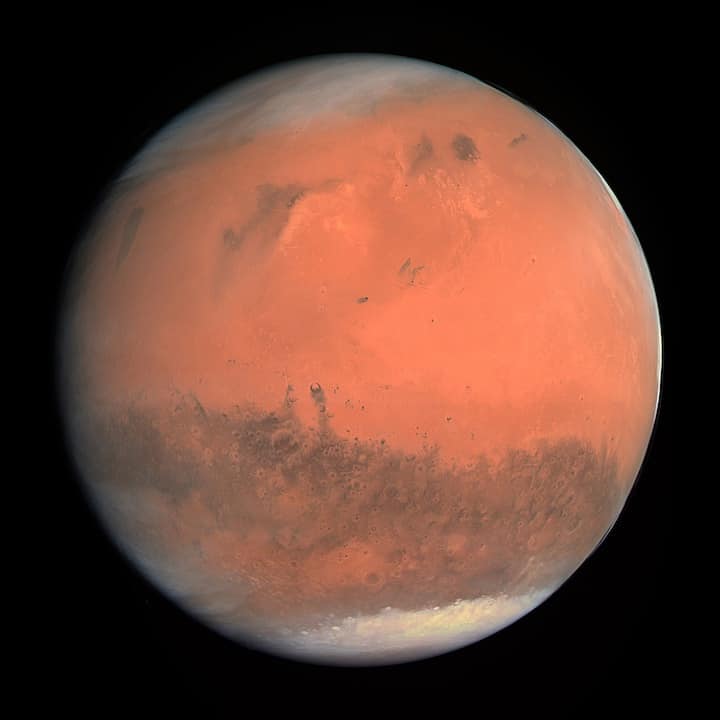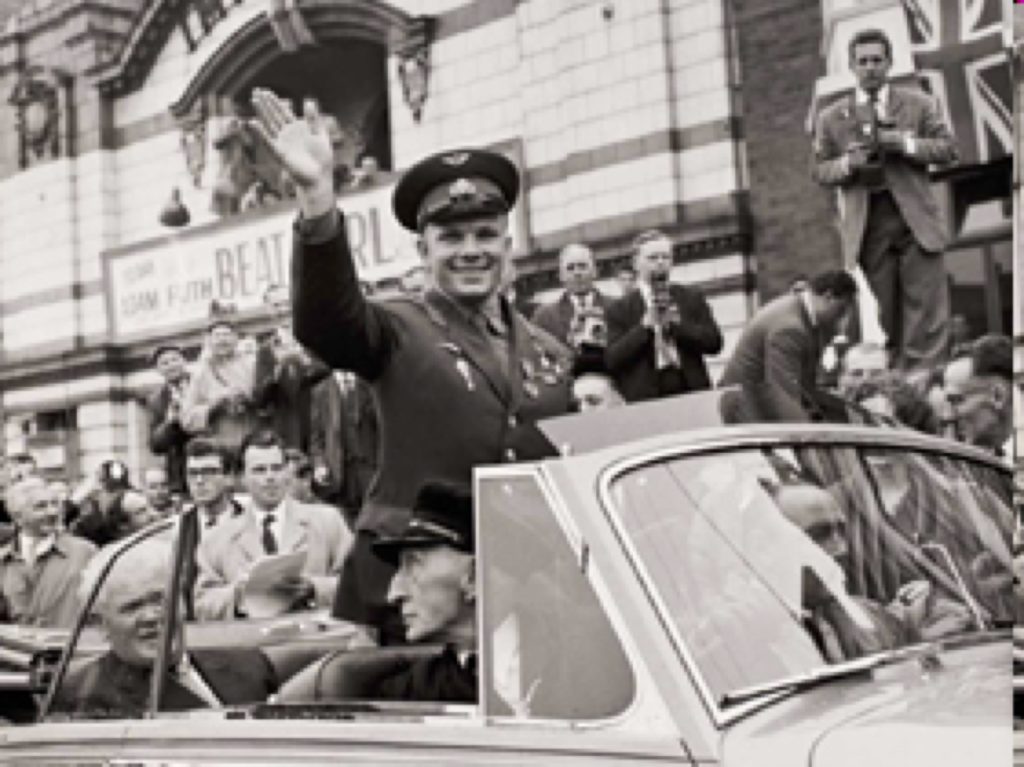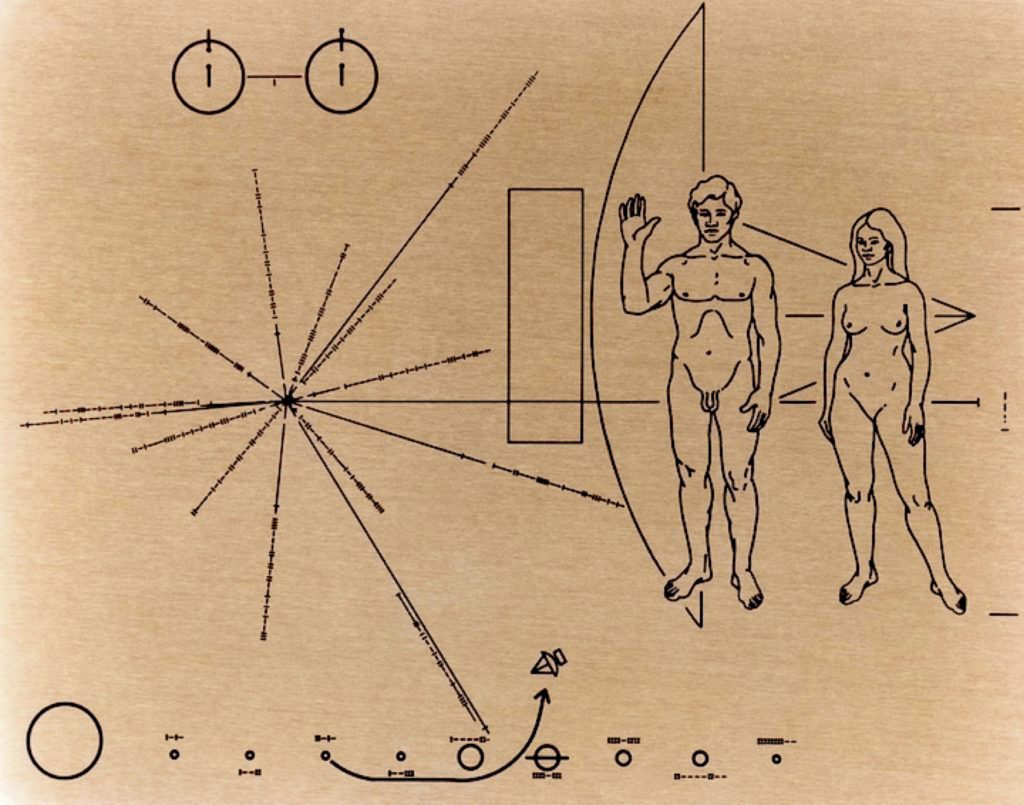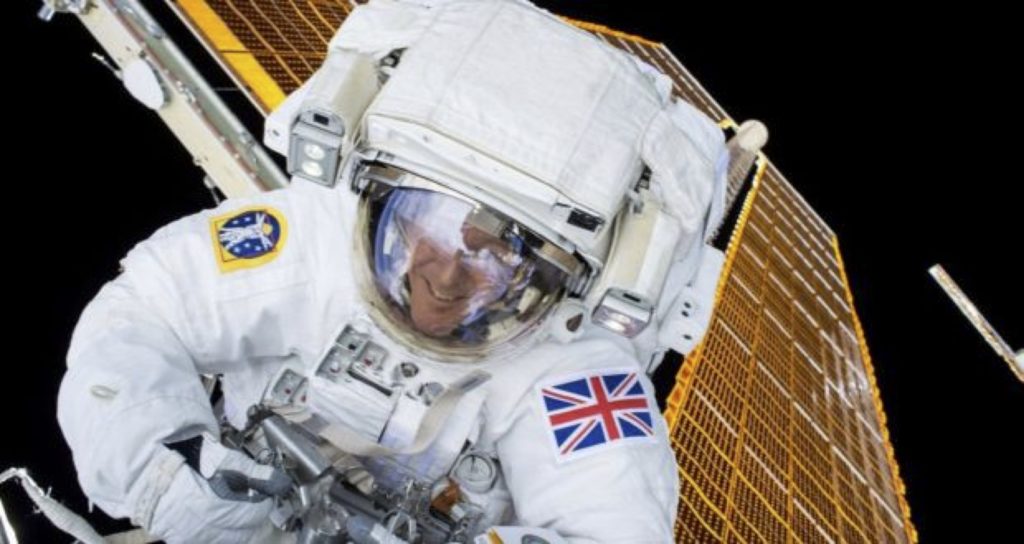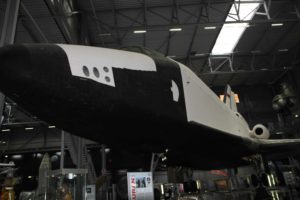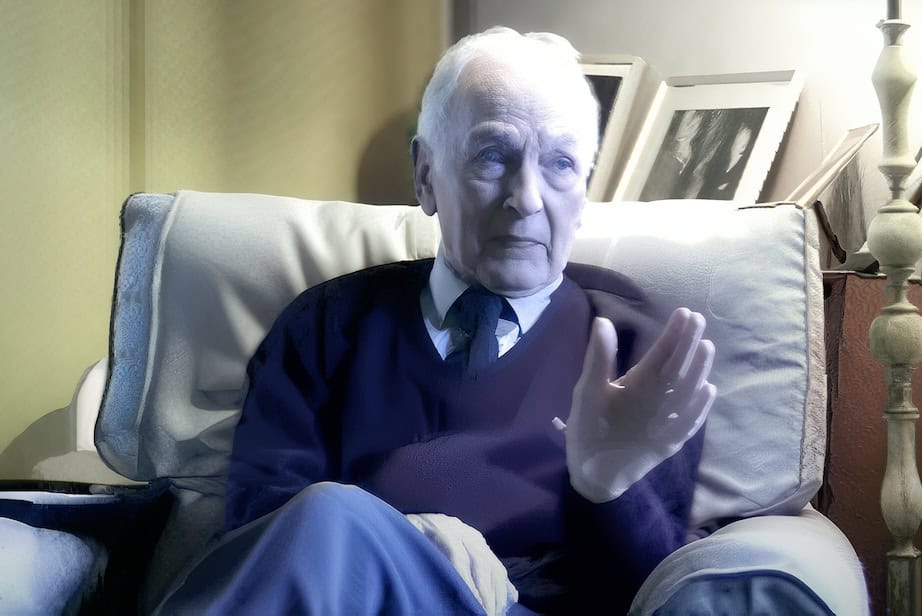
You may have seen the BBC documentary Britain’s Greatest Pilot. Yes, he was an outstanding pilot, but there was much more to him than just that. I published extracts from an interview with Captain Eric Brown in April 2011. This extended version (over an hour) has not been published before .. until now.
In 2011 I visited Captain Eric Winkle Brown to record an interview on his one-to-one meeting with Yuri Gagarin on 13th July 1961 at the Admiralty in London. This was the day after Gagarin visited Manchester. After that discussion, the interview continued. Captain Brown spoke of his fond memories of a German WW1 pilot, Ernst Udet, who encouraged him to fly. During the war, he excelled as a test pilot and went on to become the chief test pilot at Farnborough.
After WW2, using his fluent German language skills, he interrogated Hermann Goering, Hanna Reitsch and Wernher von Braun. He spoke of a mission to Germany immediately after the war to acquire German aviation technology. Following a secret UK/USA deal, Britain passed its research on supersonic aviation to the USA and cancelled the Miles M.52 program. Had this deal not gone ahead, Eric Brown would have been the first to break the sound barrier in 1946; instead, Chuck Yeager claimed that record in 1947. He recalls that and many other stories in the interview recorded in his home in January 2011.
Podcast: Play in new window | Download (Duration: 1:08:22 — 81.8MB) | Embed
Subscribe: Apple Podcasts | Spotify | RSS | More
